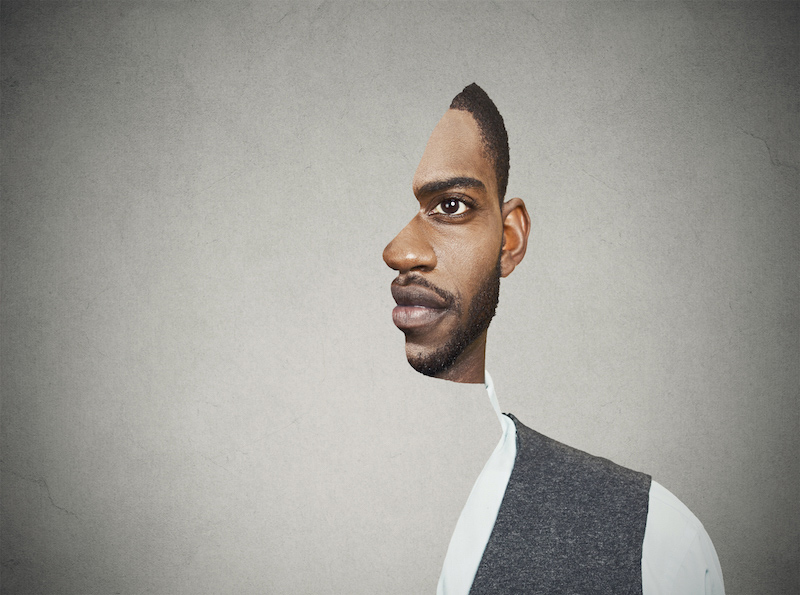
Single-sided deafness, or unilateral hearing loss, is much more regular than people realize, especially in children.As a result, the public sees hearing loss as a black and white — someone has healthy hearing in both ears or decreased hearing on both sides, but that dismisses one particular form of hearing loss entirely.
A 1998 research estimated around 400,000 kids had a unilateral hearing loss due to injury or disease at the time. It is safe to say that amount has gone up in that last two decades.
What’s Single-Sided hearing loss and What Causes It?
As the name implies, single-sided hearing loss suggests a reduction in hearing just in one ear. The hearing loss may be conductive, sensorineural or mixed. In intense instances, profound deafness is possible.
Reasons for premature hearing loss differ. It can be caused by injury, for instance, someone standing next to a gun fire on the left might get profound or moderate hearing loss in that ear. A disease can lead to this problem, too, such as:
- Acoustic neuroma
- Measles
- Waardenburg syndrome
- Meningitis
- Mastoiditis
- Mumps
- Microtia
Whatever the cause, a person with unilateral hearing must adapt to a different way of processing audio.
Management of the Audio
The mind uses the ears almost like a compass. It identifies the direction of noise based on what ear registers it initially and in the maximum volume. When a person speaks to you while standing on the left, the brain sends a message to flip in that direction.
With the single-sided hearing loss, the sound is only going to come in one ear regardless of what way it originates. If you have hearing in the left ear, your mind will turn to look for the sound even if the person talking is on the right.
Think for a second what that would be like. The audio would always enter one side no matter where what direction it comes from. How would you understand where an individual talking to you personally is standing? Even if the hearing loss isn’t deep, sound management is catchy.
Honing in on Sound
The mind also uses the ears to filter out background noise. It tells one ear, the one nearest to the noise you wish to concentrate on, to listen for a voice. The other ear handles the background sounds. This is why in a noisy restaurant, you may still concentrate on the conversation at the table.
When you don’t have that tool, the brain gets confused. It is unable to filter out background sounds like a fan blowing, so that is everything you hear.
The brain has a lot happening at any one time but having two ears enables it to multitask. That is why you’re able to sit and examine your social media account while watching TV or talking with family. With just one working ear, the brain loses that ability to do one thing when listening. It has to prioritize between what you hear and what you see, which means you usually miss out on the conversation around you while you browse your newsfeed.
The Head Shadow Effect
The head shadow effect clarifies how certain sounds are inaccessible to a person having a unilateral hearing loss. Low tones have extended frequencies so they bend enough to wrap round the head and reach the working ear. High pitches have shorter wavelengths and do not endure the trek.
If you’re standing beside an individual having a high pitched voice, then you might not understand what they say unless you turn so the good ear is facing them. On the other hand, you might hear someone having a deep voice just fine no matter what side they are on because they create longer sound waves which make it into either ear.
Individuals with just minor hearing loss in just one ear tend to adapt. They learn quickly to turn their head a certain way to hear a buddy talk, for example. For people who struggle with single-sided hearing loss, a hearing aid may be work around that returns their lateral hearing.